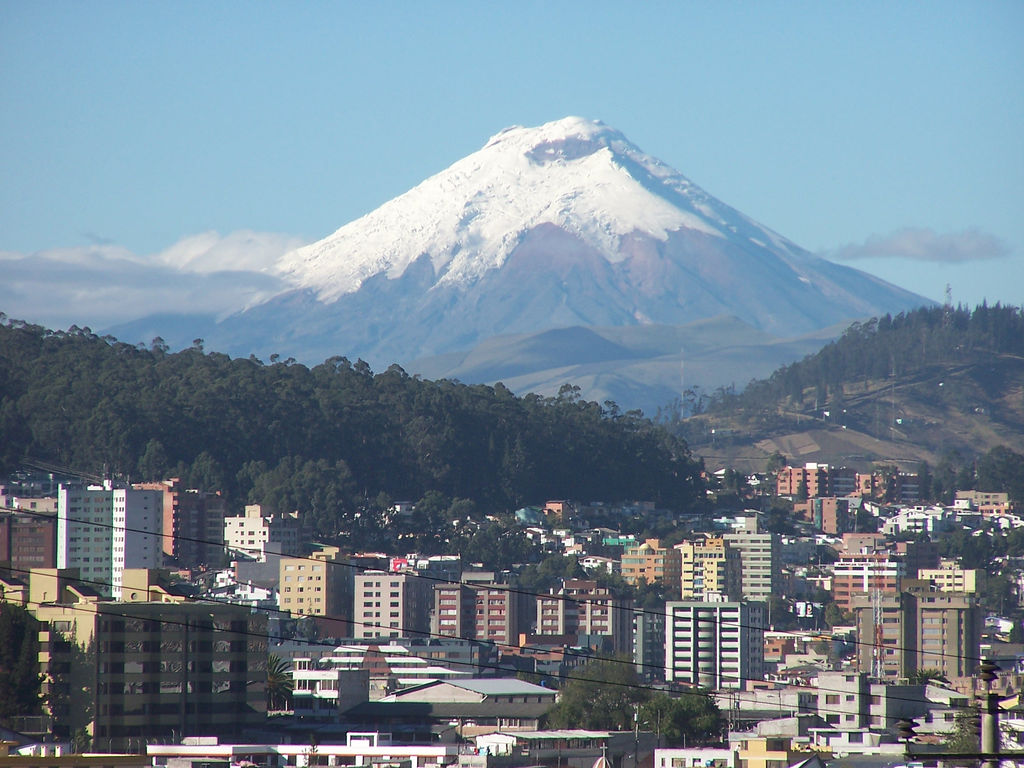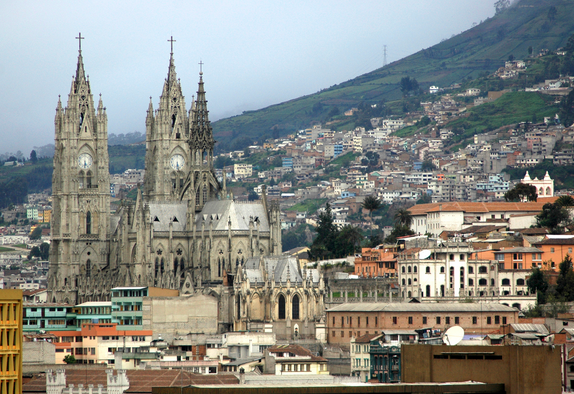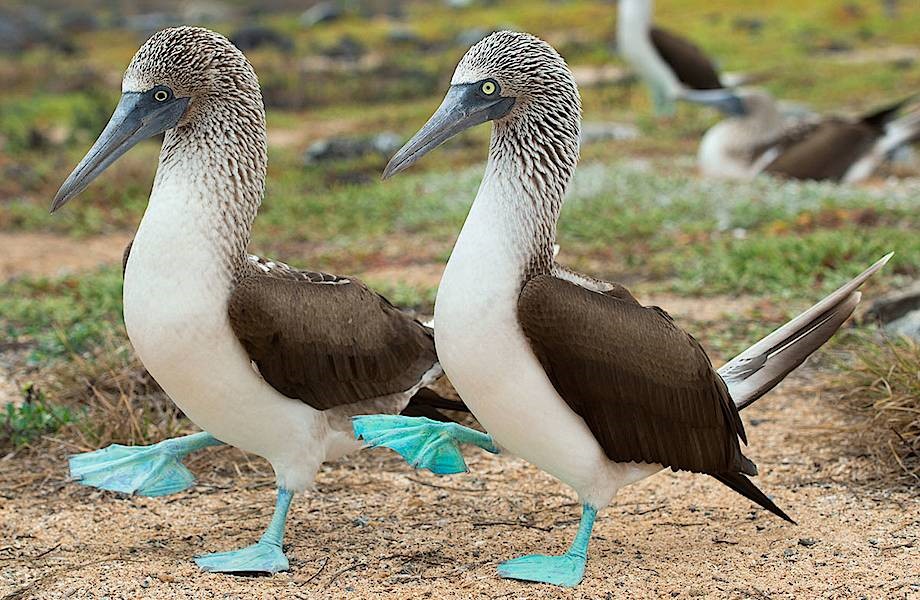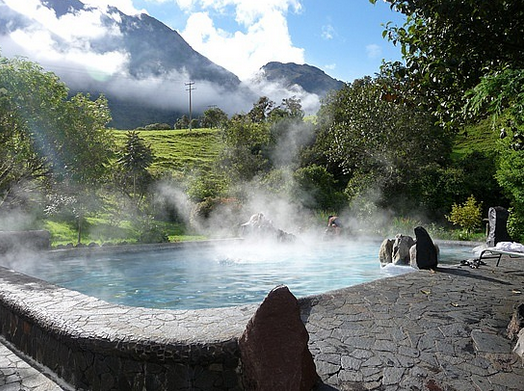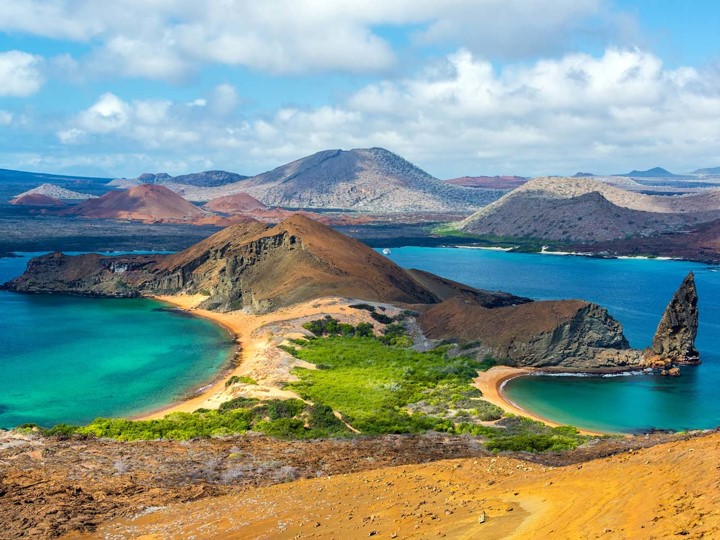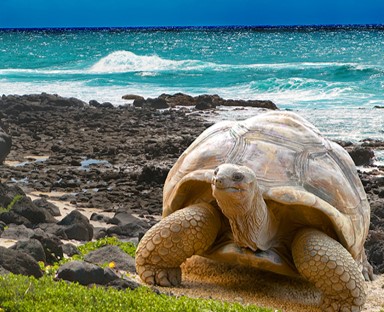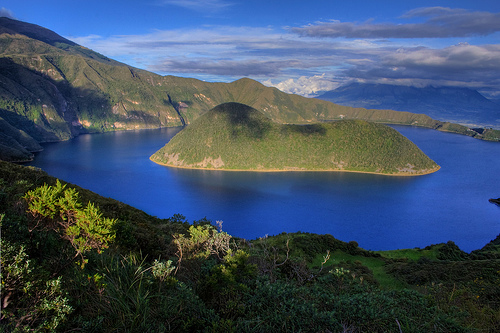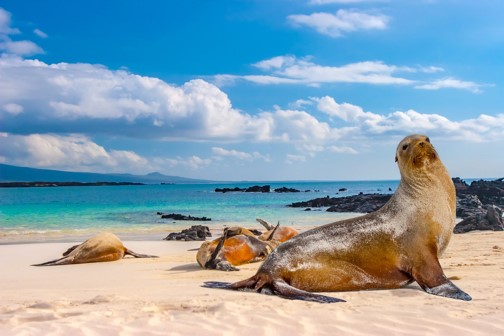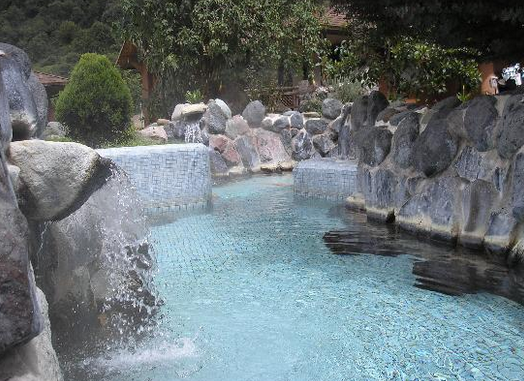Day 2: City Tour - "Mitad Del Mundo" (Equator Line)
Day 2: City Tour - "Mitad Del Mundo" (Equator Line)
Breakfast at the hotel.
This charming historic city, situated along the equator and built atop the ruins of an ancient Incan city, is one of the world’s highest capital cities. It is also the first city center to be declared a UNESCO World Heritage Site for its well-preserved colonial buildings, with the best-preserved and least altered historic center in all of Latin America. Start off your visit by taking a walking tour of the beautiful and scenic historic city center, where you will get to learn about the local colonial art, architecture, culture, traditions, and legends. In the historic center, you’ll find stunning colonial buildings, inviting cafes and restaurants, the presidential palace, and the stunning Basilica del Voto Nacional, the largest neo-gothic basilica in all of the Americas, with its jaw dropping, intricately detailed sky-high towers.
In the afternoon, you will visit: “Cuidad Mitad Del Mundo” and Intiñan Museum
1)“Ciudad Mitad del Mundo”
Your city tour will take you to see the Ciudad Mitad del Mundo, situated precisely at Earth’s midpoint, near the geographical orientation of 0 degrees latitude, and lies perpendicular to the Earth’s axis, so the distance from the equator to the poles is exactly the same. Here you can have the popular photo taken of one leg in one hemisphere and the other leg in another, or holding hands with someone in a different hemisphere, or get your passport stamped from the equator in the middle of the world. But don’t forget to check out the planetarium before heading over to the location now considered accurate since modern GPS technology proved the “real” center of the Earth, the Intiñan Museum.
2) Intiñan Museum
The Intiñan Museum is located nearby, showcasing the interesting aspects of Ecuador’s culture, including exhibits depicting what life of the native tribes and indigenous communities looked like. And of course you will get to see exhibits on how the Incas determined the middle of the Earth, as well as unique interactive science experiments visitors can try out. There is also a shadow clock exhibit which is a solar clock- a stone tool used by the ancient Ecuadorians to tell time. And one enticing exhibit you must not miss is for all chocolate lovers- learn about Ecuador’s cacao-producing regions, see an actual cacao tree, and taste some pure cacao nibs and try their delicious local chocolates.
Return to the hotel.
Accommodation: Hilton Mercure 4* .
